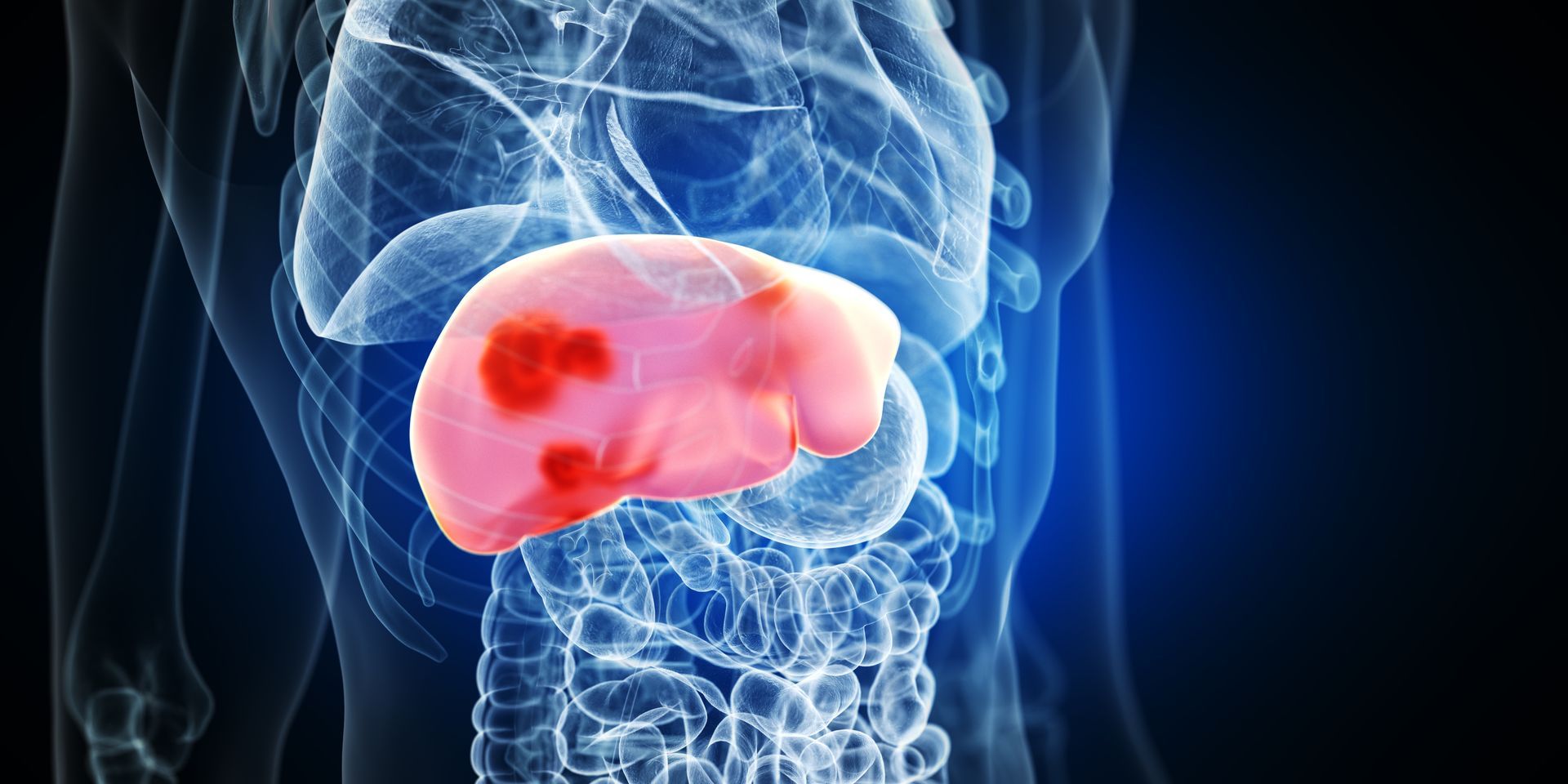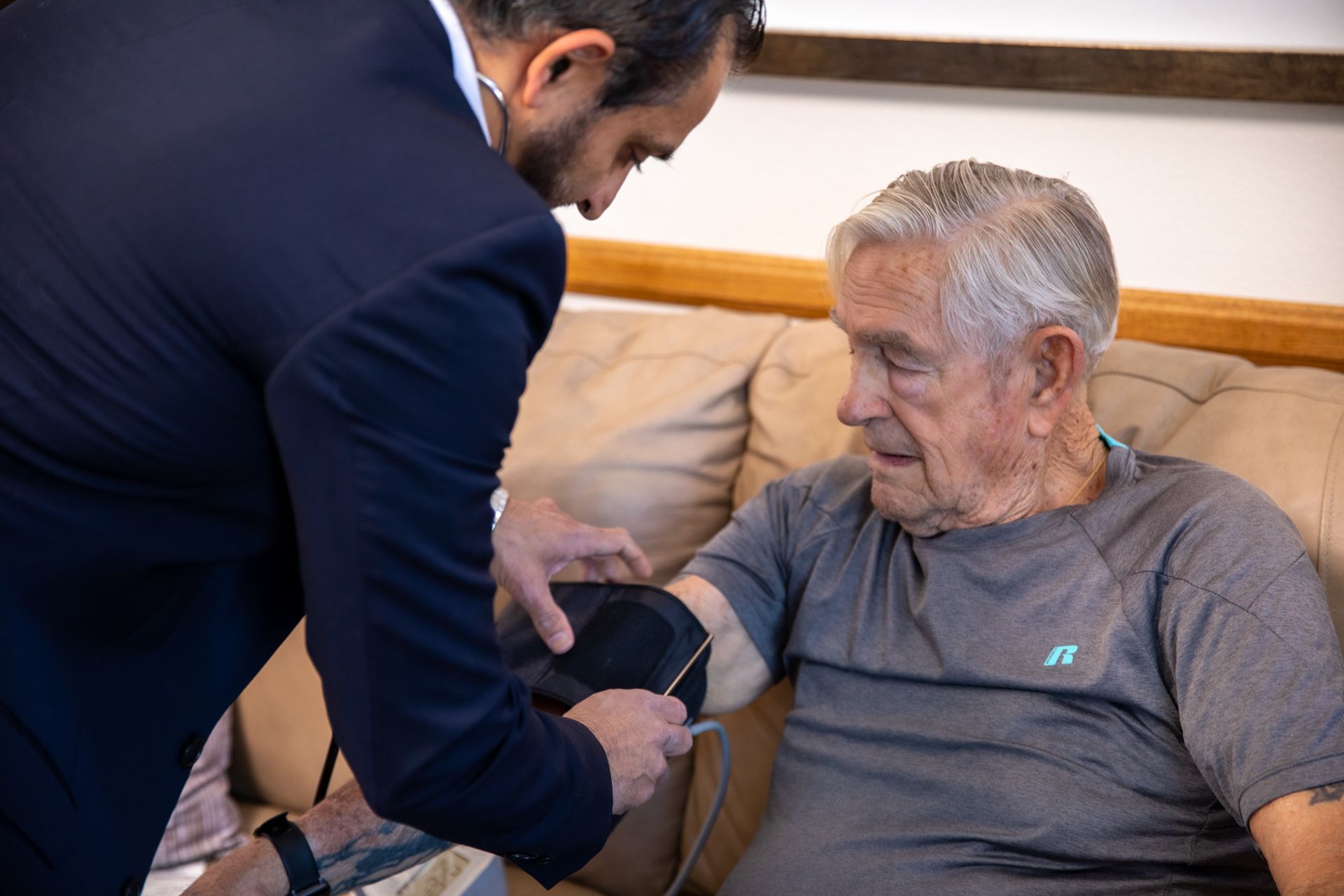Aortic Dissection: The Silent Threat in Heart Health
Aortic dissection is a critical and often overlooked condition that poses a significant threat to heart health. Despite being less commonly discussed than other cardiovascular diseases, aortic dissection requires immediate attention and intervention due to its potentially fatal outcomes. This article aims to shed light on this silent threat, offering insights into its risk factors, symptoms, diagnosis, treatment, and preventive measures to protect heart health.
Introduction to Aortic Dissection
Aortic dissection occurs when a tear develops in the inner layer of the aorta, the largest artery in the body that carries blood from the heart to the rest of the body. This tear allows blood to flow between the layers of the wall of the aorta, causing the layers to dissect (split) apart. Depending on where the tear occurs, aortic dissections are classified into two types: Type A, which involves the part of the aorta ascending from the heart, and Type B, which affects the descending part of the aorta. Type A dissections are more common and require immediate surgical intervention due to their location near the heart.
Understanding the Risk Factors
The risk factors for aortic dissection include chronic high blood pressure, which can stress the arterial wall, genetic conditions like Marfan syndrome or Ehlers-Danlos syndrome that weakens the connective tissue, and a history of heart surgery or trauma to the chest. Age, particularly men between 60 and 70, also contributes to this.
Symptoms and Early Warning Signs
The symptoms of aortic dissection can mimic those of other heart conditions, making early diagnosis challenging. They may include:
- Sudden severe chest or upper back pain, often described as a tearing or ripping sensation
- Shortness of breath
- Fainting or dizziness
- Weak pulse in one arm compared to the other
Recognizing these signs and seeking immediate medical care is crucial for survival.
Diagnosis and Treatment Options
Diagnosing aortic dissection involves imaging tests such as CT scans, MRI, and echocardiography. These tests help visualize the aorta and identify the dissection's location and extent. Treatment depends on the type of dissection; Type A usually requires emergency surgery to repair the torn aorta and prevent life-threatening complications. Type B dissections might be managed with medication to lower blood pressure and prevent the dissection from worsening. However, surgery may be needed if the dissection poses a risk to vital organs.
Prevention and Management
Preventing aortic dissection starts with managing its risk factors. This includes controlling high blood pressure through lifestyle changes and medication, monitoring and treating connective tissue disorders, and avoiding activities that cause sudden blood pressure spikes. Regular check-ups are essential for those at risk to monitor heart health and prevent complications.
Resources and Support
For more information and support regarding aortic dissection, consider the following resources:
- The American Heart Association (AHA) provides comprehensive information on cardiovascular diseases, including aortic dissection.
- The Marfan Foundation and the Ehlers-Danlos Society offer support and information for individuals with connective tissue disorders.
- Online and in-person support groups can provide comfort and advice from those who have experienced similar health challenges.
Aortic dissection is a reminder of the fragility of heart health and the importance of being vigilant about unusual symptoms and risk factors. By promoting awareness, improving diagnosis, and advancing treatment, we can mitigate the threat posed by this silent but deadly condition.









